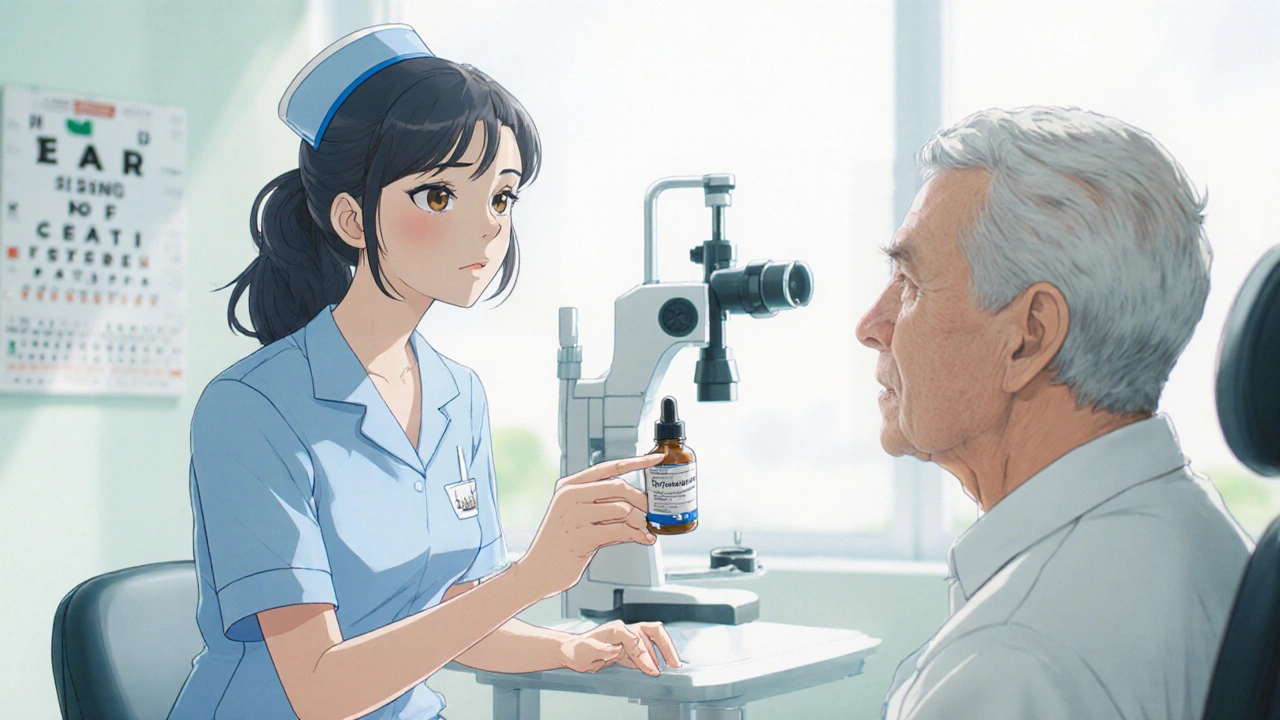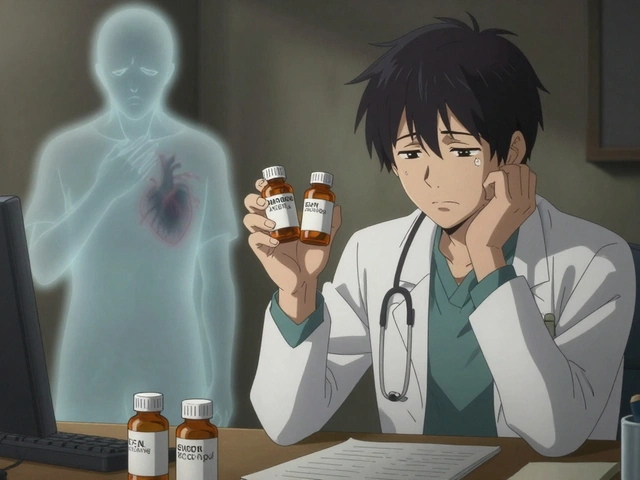Glaucoma Eye Drops: Types, How They Work, and What to Watch For
Glaucoma eye drops, medications applied to the eye to lower pressure and protect the optic nerve in glaucoma. Also known as ocular hypotensive agents, they are prescribed when intraocular pressure, the fluid pressure inside the eye that can damage the optic nerve threatens vision. The main job of these drops is to bring that pressure down, which in turn slows the progression of vision loss. One popular group is prostaglandin analogs, drugs that increase the outflow of aqueous humor. By boosting fluid drainage, they often become the first choice for many doctors. If you’re new to the topic, think of it this way: glaucoma eye drops are the tools that let the eye’s plumbing work better, keeping the pressure from climbing too high.
Major Drug Classes and How They Differ
Another big family is beta blocker eye drops, agents that cut down the production of aqueous humor. By dialing back fluid creation, they complement the outflow boost from prostaglandin analogs. Some patients need a third approach: carbonic anhydrase inhibitors, drops that also reduce fluid production through a different biochemical pathway. When a single class isn’t enough, doctors often prescribe combination therapy, the use of two or more eye‑drop types to target pressure from multiple angles. The idea is simple – more mechanisms mean a better chance of hitting the target pressure without raising the dose of any single drug.
Side effects are the next piece of the puzzle. Prostaglandin analogs can cause darkening of the iris or extra hair growth, while beta blockers might sting the eye or affect heart rate in sensitive individuals. Carbonic anhydrase inhibitors sometimes lead to a bitter taste or a feeling of dry mouth. Understanding these trade‑offs helps patients stick with their regimen, because missed drops can let pressure creep back up. Doctors usually start with the drug that offers the fewest side effects for a given patient, then adjust based on response and tolerance.
Prescription guidelines also play a role. An eye specialist will measure intraocular pressure, inspect the optic nerve, and consider the patient’s overall health before picking a drop. For example, someone with asthma might avoid beta blockers, while a person with a history of uveitis could skip prostaglandin analogs. Regular follow‑up appointments let the doctor fine‑tune the plan, swapping drugs or adding a combination if the pressure stays stubbornly high.
Below you’ll find a curated list of articles that dive deeper into each drug class, compare effectiveness, discuss real‑world pricing, and offer tips for safe use. Whether you’re a patient looking for clear guidance or a practitioner wanting a quick refresher, the posts ahead cover the full spectrum of glaucoma eye drops and the key concepts that shape their use.

Nurse’s Guide: Educating Patients About Dorzolamide‑Timolol
A practical guide for nurses to teach patients how to use Dorzolamide‑Timolol eye drops, covering mechanism, dosing, side‑effects, adherence, and follow‑up.
Continue Reading



